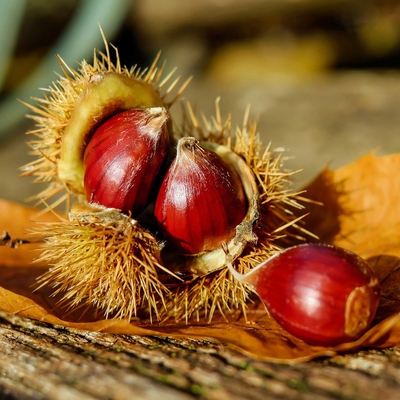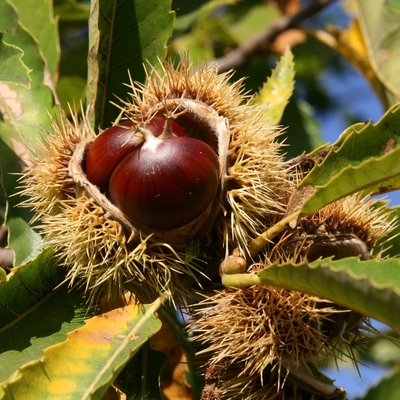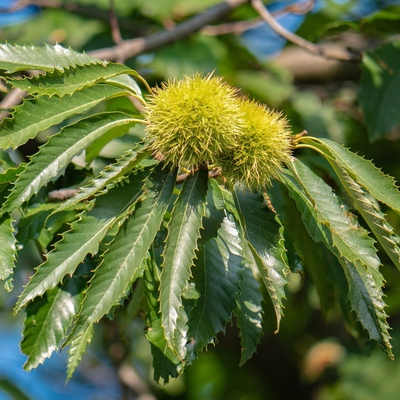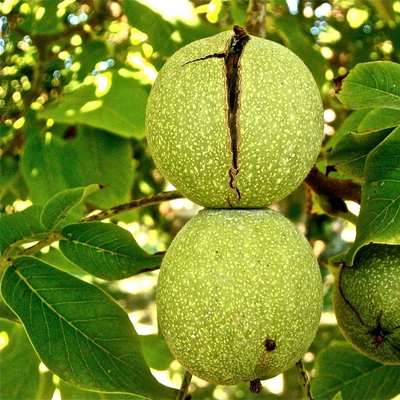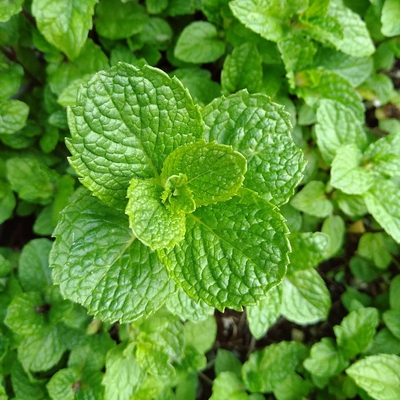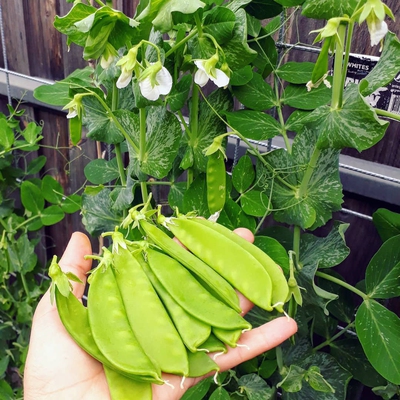Learn how to grow Chestnuts with this complete guide. From planting to harvest, we cover everything you need to know about growing this delicious nut!
 Soil
Soil
What soil is good for Chestnuts?
Like most fruit and nut trees, Chestnuts require deep, well draining soil. They will not tolerate waterlogged soil and will develop root rot as a result. Avoid planting in heavy clay unless the soil has been amended. Heavy soils can be improved by incorporating gypsum and organic matter and mounding the soil before planting.
 Position
Position
How much sun do Chestnuts need?
Plant Chestnut trees in a full sun position.
 Frost Tolerant
Frost Tolerant
Are Chestnuts frost tolerant?
Yes, Chestnut trees are frost tolerant.
 Spacing
Spacing
How much space do Chestnuts need?
Plant Chestnut trees roughly 10m apart. Spacing for Chestnut trees can vary depending on the chosen variety and pruning method.
 Planting
Planting
When should I plant Chestnuts?
Late autumn or early spring is the best time to transplant most dormant plants. Plants, with the exception of bare-root, can be transplanted at anytime between when the ground thaws and when it freezes (so anytime if you are in a frost free climate). However, if transplanting in the heat of summer, you'll need to be diligent in watering and provide extra shade for your plant in the first few weeks after transplanting.
Dig a hole 2-3 times the width of the root ball. The hole should allow the plant to sit at the same level in the soil as it was previously. Fill the hole with soil ensuring the crown of the plant, where roots and stem meet, is level with the soil surface.
Plant out in the early morning or evening and/or on an overcast day. Avoid planting at peak sun times or on windy days, this will allow your plants to settle in comfortably and protect them from windburn and sunburn.
 Feeding
Feeding
What do I feed Chestnuts?
Top dress the soil around the Chestnut tree with a good layer of well-rotted organic matter and a feed with a balanced organic fertiliser at the beginning of each season.
Add a 2-3 inch layer of mulch around the tree up to the drip line to retain moisture (be careful not to pile mulch against the tree trunk as this may lead to trunk rot and disease).
 Harvesting
Harvesting
When can I harvest Chestnuts?
The crop naturally falls to the ground when mature. Look for healthy, unwrinkled shells and a glossy brown surface.
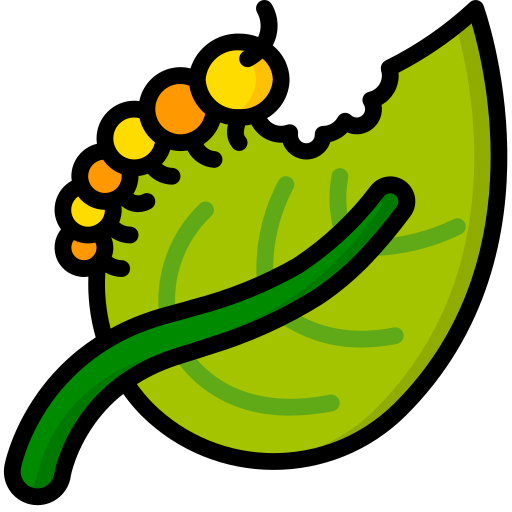 Pests
Pests
What pests do Chestnuts get?
Pests that affect Chestnuts include: Chestnut Weevils, Shothole Borers, Chestnut Gall Wasp, Squirrels, Deer, Japanese Beetle.
 Diseases
Diseases
What diseases do Chestnuts get?
Diseases that affect Chestnuts include: Chestnut Blight, Leaf Spot.
 Notes
Notes
Is there anything else I need to know about Chestnuts?
Some varieties of Chestnut are not self-fertile, in which case more than one tree will need to be planted for successful pollination. Be sure to confirm with your nursery before planting.
